Before the Wright brothers' legendary flight, two British engineers successfully built a fixed-wing aircraft using a steam engine.
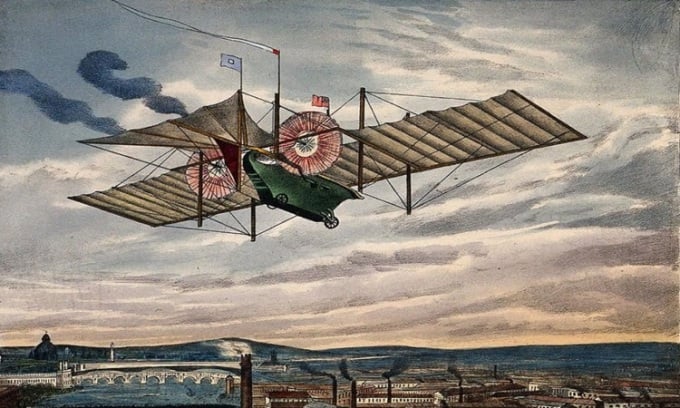
Simulation of a steam-powered aircraft flying in the air. Photo: W. L Walton
In 1842, two British engineers, William Samuel Henson and John Stringfellow, received a patent for a flying machine. Unlike many previous attempts using gliders and hot air balloons, Henson and Stringfellow's invention was unique because it was the first step toward powered flight. Just six years later, the world's first steam-powered aircraft took off. Notably, this was more than half a century before the Wright brothers' historic flight at Kitty Hawk, according to Amusing Planet .
Humans have been trying to fly since ancient times. In the 9th century, the Muslim engineer Abbas ibn Firnas created a set of hawk feathers and flew a short distance before falling and injuring himself. In the 11th century, the Benedictine monk Eilmer of Malmesbury attached wings to his arms and legs, flew a short distance, and crashed hard. In the late 19th century, a German sailor named Albrecht Berblinger made a pair of wings, tied them to his arms, and jumped into the Danube, hoping to cross the river. Berblinger ended up falling straight into the water.
The first major breakthrough in aviation came from the Yorkshire Baron George Cayley, who first proposed the idea of designing the modern aircraft as a fixed-wing machine rather than a flapping wing as many of his predecessors had envisioned. Cayley proposed the creation of separate lift, thrust and control systems. He also identified four vector forces affecting an aircraft: thrust, lift, drag and weight. Cayley discovered the importance of wing curvature to flight.
Inspired by Cayley's work, John Stringfellow and William Samuel Henson designed a large passenger plane powered by steam. Called the "Aerial," it had a wingspan of nearly 150 feet and a design weight of 3,000 pounds. Propulsion came from a lightweight steam engine built by Henson that could provide 50 horsepower. Henson and his partner Stringfellow even planned to start a company called Aerial Transit with a fleet of these planes, each capable of carrying 10-12 passengers across the Atlantic to Egypt and China.
In 1848, Henson and Stringfellow built a miniature version of the plane with a 10-foot wingspan and two six-bladed propellers rotating in opposite directions at the rear. To prevent the wind from causing the plane to stall, the engineers conducted their experiments inside an abandoned factory in Chard. The test chamber, about 65 feet long and 12 feet high, provided a controlled environment for their work. A guide wire prevented the plane from veering off course. The wire took up less than half the length of the room, leaving a hiding place at one end for the machine to leave the floor. When the steam engine fired, the machine followed the wire, rising gradually before reaching the other end of the room, where it hit a canvas sheet placed there to stop it moving. This was the first flight in history by a powered fixed-wing aircraft.
The flight was successful only once, but subsequent attempts failed. Later models built in larger sizes were unable to fly continuously, extinguishing Aerial Transit's hopes of developing passenger aircraft. Henson became discouraged and gave up, leading to the dissolution of the company in 1848. But Stringfellow persisted in pursuing powered flight with his son, building another 3-meter-long model powered by a compact steam engine of his own design. Several witnesses saw the model ascend during several attempts in 1848. Stringfellow himself remained confident in the experiment and considered it proof of the feasibility of powered flight.
Although Stringfellow's contributions have been largely forgotten in the course of history, a bronze model of his invention stands on Chard's Fore Street in Somerset, along with several others in the collection of the Science Museum in London.
An Khang (According to Amusing Planet )
Source link




![[Photo] Hue: Inside the kitchen that donates thousands of meals a day to people in flooded areas](https://vphoto.vietnam.vn/thumb/1200x675/vietnam/resource/IMAGE/2025/10/29/1761738508516_bepcomhue-jpg.webp)
![[Photo] Human love in the flood in Hue](https://vphoto.vietnam.vn/thumb/1200x675/vietnam/resource/IMAGE/2025/10/29/1761740905727_4125427122470875256-2-jpg.webp)

![[Photo] Prime Minister Pham Minh Chinh chaired a meeting to evaluate the operation of the two-level local government model.](https://vphoto.vietnam.vn/thumb/1200x675/vietnam/resource/IMAGE/2025/10/29/1761751710674_dsc-7999-jpg.webp)




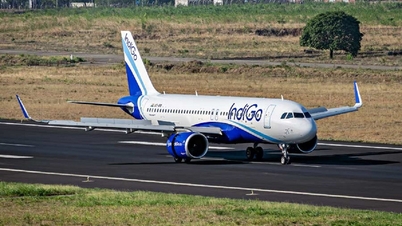




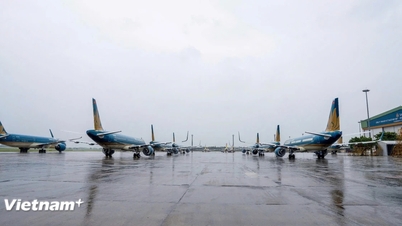








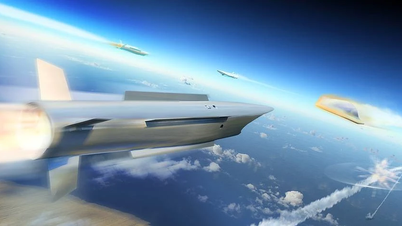



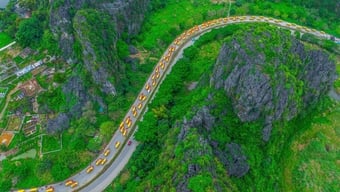









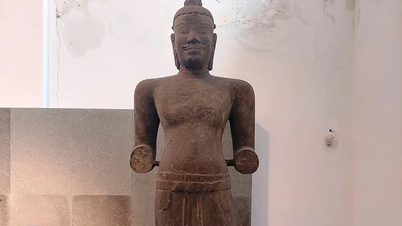



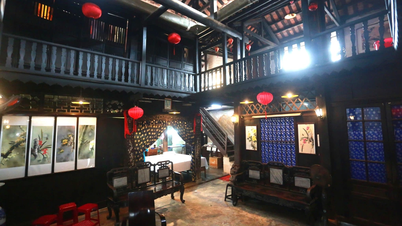

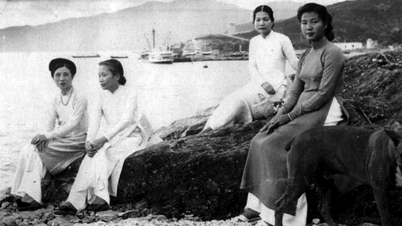
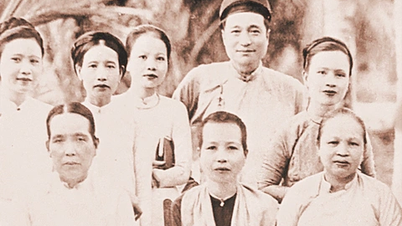


































![[Live] Concert Ha Long 2025: "Heritage Spirit - Brightening the Future"](https://vphoto.vietnam.vn/thumb/402x226/vietnam/resource/IMAGE/2025/10/29/1761743605124_g-anh-sang-am-thanh-hoanh-trang-cua-chuong-trinh-mang-den-trai-nghiem-dang-nho-cho-du-khach-22450328-17617424836781829598445-93-0-733-1024-crop-1761742492749383512980.jpeg)

























Comment (0)